Historic Gastonia property sells for $44 million
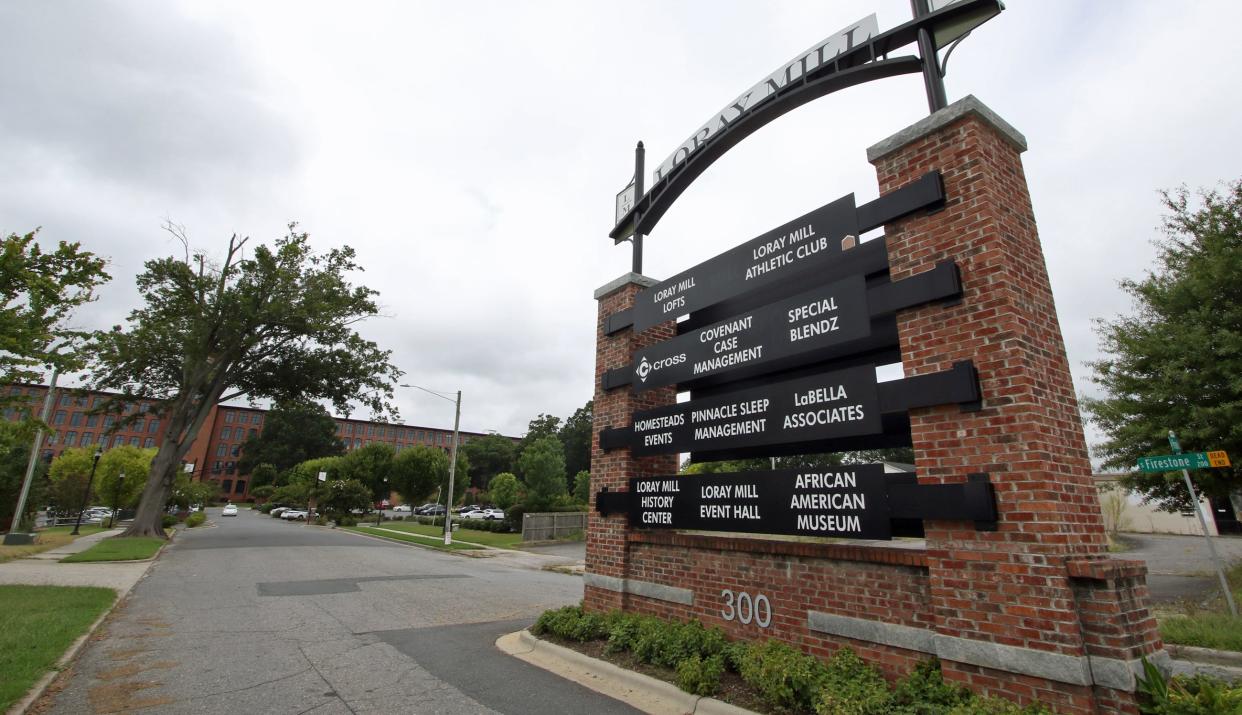
Gaston County's most recognizable property, and also its most historic, has a new owner.
Loray Mill Lofts was sold this month for $44,750,000 to TriBridge Residential, an Atlanta-based multifamily investment and management company.
The sales price comes in at almost twice the market value of the historic property, listed at $22.8 million on the county's tax information website.
"We love these historic properties," said Mark Zhang, director of acquisitions for TriBridge. "We think they only get cooler with time."
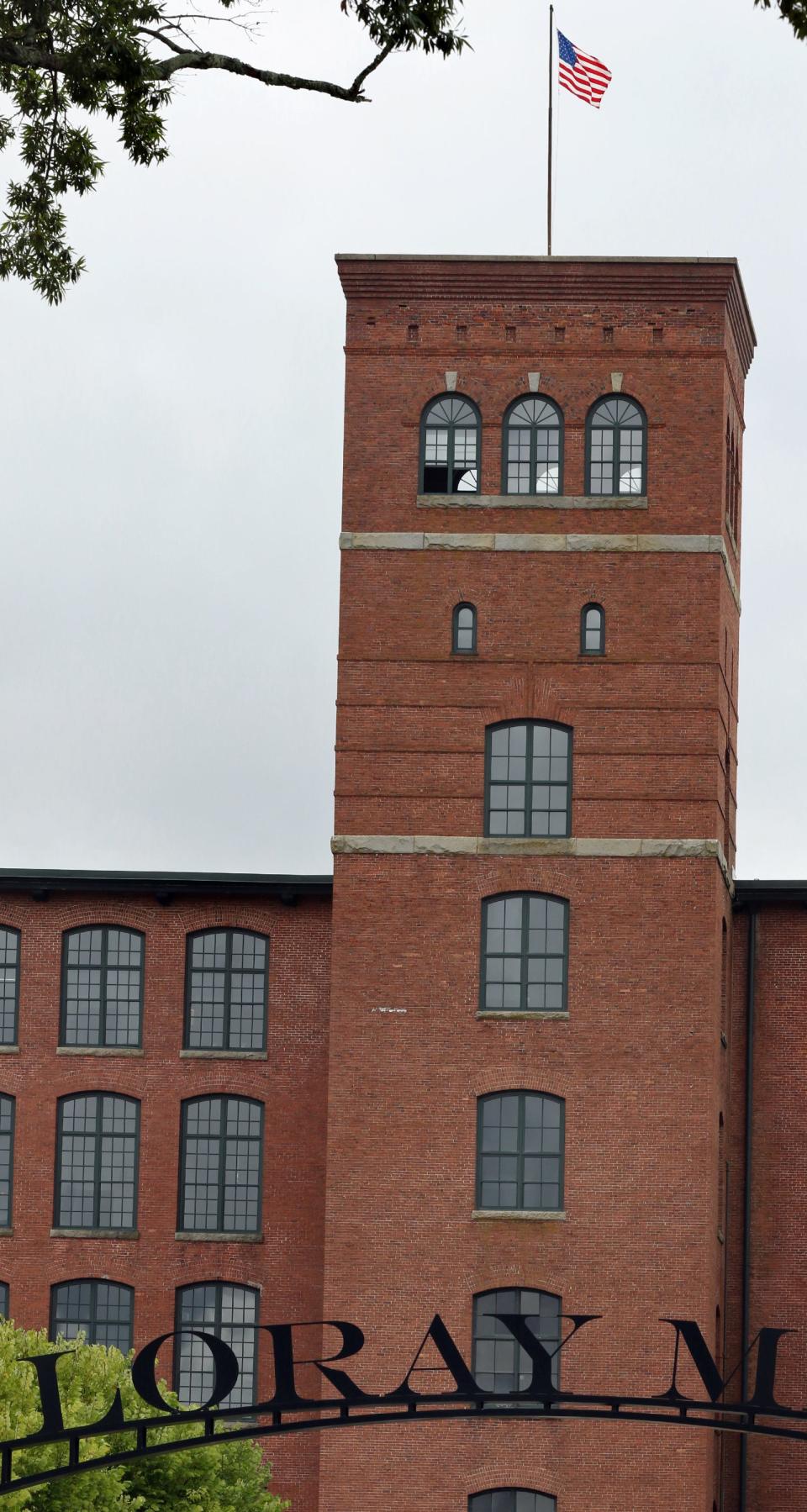
The Loray purchase marks TriBridge's 17th purchase of "adaptive reuse properties." The company, with owns properties from Florida to Tennessee, has a history of managing and enhancing old mills and warehouses for residential use.
Over the next several months, TriBridge will look at the property and begin to make some changes, Zhang said.
"We're consistent about preserving the historic heritage of these buildings while improving the residents' experience," Zhang said.
Firestone Tire and Rubber Co. operated the mill from 1935 to 1993 for the production of tire fabric. Preservation North Carolina assumed ownership of the closed mill in 1998.
But the behemoth mill sat vacant and decaying for almost two full decades.
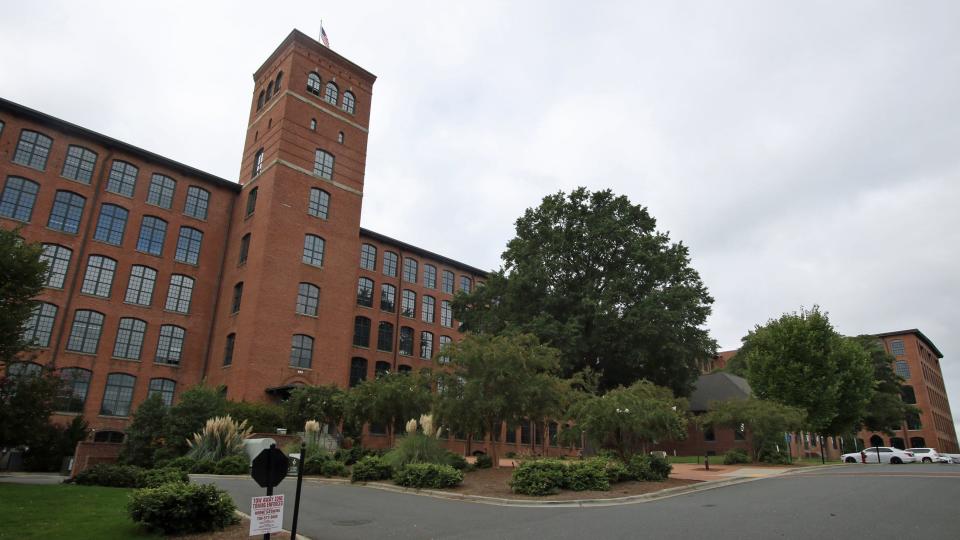
"To see that large structure empty was really a sad commentary," Gastonia Mayor Walker Reid said Thursday.
Loray Mill Redevelopment, led by Joe Lenihan of California, bought the mill in March 2013 with plans for a $39 million renovation.
"Half the town thought we had made a huge mistake," said Lenihan on Thursday, while vacationing in Hawaii. "Most people wanted the mill torn down."
But in early 2015, the first of 189 loft apartments opened up for rent.
"We changed a neighborhood," Lenihan said Thursday.
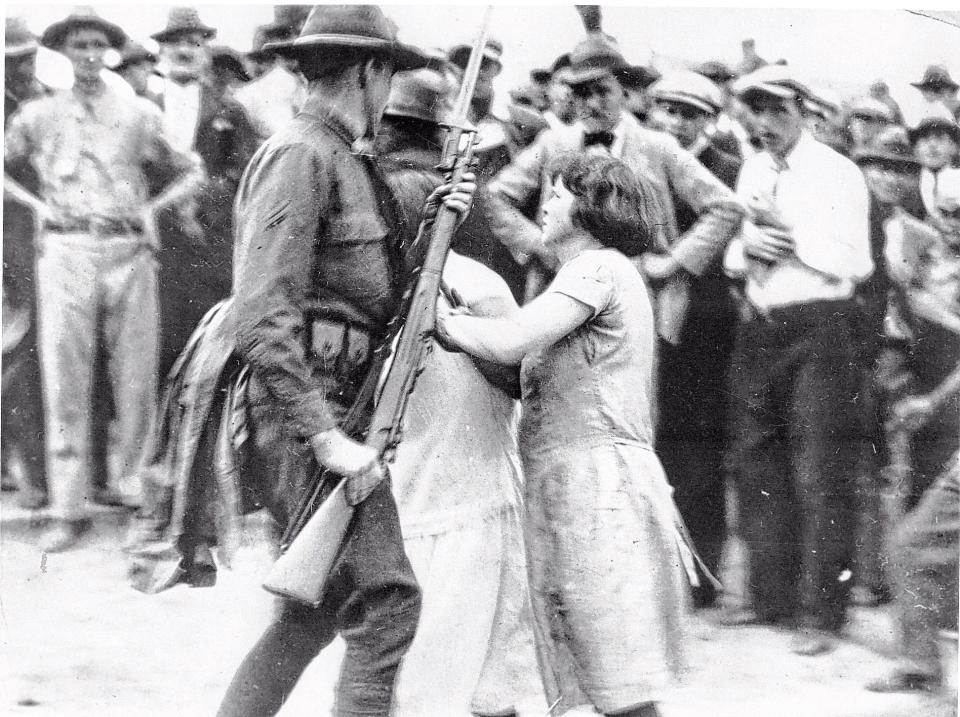
An area once known for drugs, homicides and neglect, now has luxury loft apartments. The city of Gastonia would join in several years later and create the Franklin Urban Sports and Entertainment District, better known as FUSE, with CaroMont Health Park as its centerpiece.
"Loray Mill was the shot in the arm that gave people in that area hope that something was going to happen there," Walker said.
Lenihan said he not only had belief in his project, but also faith in the community.
"I knew if we did this right that the neighborhood would follow," Lenihan said.
"A lot of people don't get the opportunity to look back and say, 'We made a difference.'"
Lenihan sold the property, he said, because at age 60 he could not find the partners he needed to complete a second phase of the project, which would include the addition of 105 more loft apartments. The project also has more than 80,000 square feet of commercial real estate space that has proven difficult to fill.
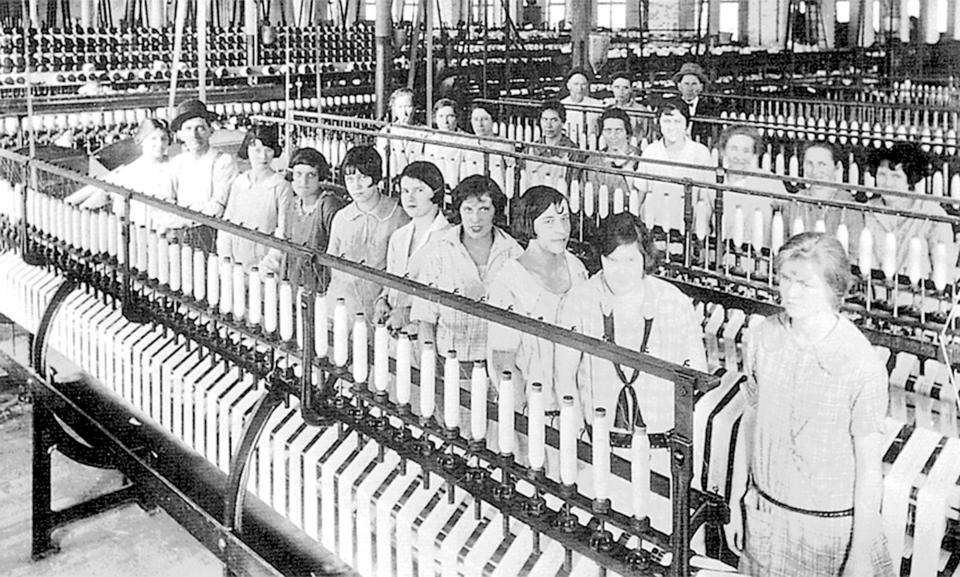
"I have found a wonderful new owner that I think will take this property to the next level," Lenihan said. "They really want to finish what we started."
Lenihan will continue living at Loray Mill for the next three months, and he expects changes to come soon.
"You're going to see even greater things coming from that property," he said.
Property's history
In Gastonia, having grown up under the shadow of Loray (Firestone) Mill has been both a badge of distinction and proof of Gastonia nativity.
Loray Mill was considered “the largest mill under one roof in the South" when it opened in 1902. By 1905, nearly 60,000 spindles were used in the mill — nearly three times the number in the next largest mill in Gaston County. The mill originally produced cotton sheeting.
Designers of the mill also created a mill village of homes surrounding the property. Each mill-owned house in the village provided multiple workers.
In the early 1900s, tens of thousands of families were drawn from subsistence farming into the Gaston County textile mills from the mountains and piedmont of North and South Carolina and Tennessee, according to a history of the mill produced by UNC Chapel Hill.
Loray management hired agents to recruit mountain families to relocate to Gastonia to work in the mill.
Textiles became the driver of Gaston County's economy, and the Loray Mill helped to make it an international center of textile manufacturing.
Increased demand for textile products during World War I propelled a further expansion of textile industry in Gaston County in the late 1910s and early 1920s. At one time, Gaston County had more cotton mills than any other county in the U.S., and most of the county’s 50,000 inhabitants earned their living from textiles.
1929 strike
Few events in history help define Gaston County like the 1929 strike at Loray Mill.
In 1919, Jenckes Spinning Co. of Pawtucket, Rhode Island, bought the mill. In 1923, Jenckes Spinning Co. and the Manville Co. of Rhode Island merged to form the Manville-Jenckes Co., and the Loray Mill became part of this new company.
Declining profitability by 1927 led Manville-Jenckes to institute new work policies, which included reducing the overall workforce and increasing workloads for those employees who remained with the company.
By 1928, the number of employees at the Loray had been cut from 3,500 to 2,200, while overall output remained the same.
The “stretch out,” as the new regime was called, contributed significantly to labor unrest at the mill.
In the spring of 1929, the National Textile Workers Union, affiliated with the U.S. Communist Party, targeted the Loray for union organization.
A labor strike on April 1, 1929, closed the mill for several days. North Carolina Gov. O. Max Gardner of Shelby deployed the National Guard, and the mill reopened.
In May 1929, strikers were evicted from their mill-owned houses in the village, some of whom created a tent colony a few blocks from the mill. On June 7, 1929, the police chief and deputies were called to the union headquarters in the tent village.
Shots were exchanged, and Gastonia Police Chief Orville Aderholt was fatally wounded. Sixteen union organizers and strikers were initially arrested and charged with murder. The trial attracted international press attention.
In September 1929, a local union sympathizer and writer and performer of strike songs, Ella May Wiggins, was shot and killed as she was travelling to a union rally. No one was ever convicted of her killing.
You can reach Kevin Ellis at 704-201-7016 or email him at kellis@gastongazette.com.
This article originally appeared on The Gaston Gazette: Gastonia's Loray Mill, site of infamous 1929 labor strike, sold

